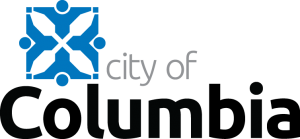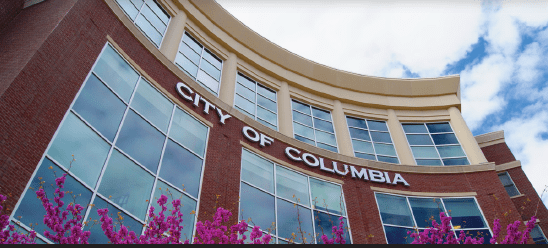Sewer backups
Does your homeowner’s or renter’s insurance policy cover sewer backups? Despite our best efforts, sewer backups do occur. Not all homeowner or renter policies include coverage for sewer backups. Coverage can be added for a minimal charge. Check your policy to make sure you are covered.
Call us first
The Sewer Utility provides 24-hour service, seven days a week. If you experience sanitary sewer problems call us at 573.441.5530. We will see if there is a problem in the main sewer lines that may be causing your problem. By calling us first, you may save yourself a plumbing bill.
Causes of obstructions
- Disposable wipes, rags, and feminine products that do not break dissolve or degrade.
- Fats, Oils & Greases – How to Prevent Sanitary Sewer Overflows and Damage to City Sewers Caused by Fats, Oils, Greases.
- Tree roots.
Vandalism
This usually involves an unauthorized person removing a sanitary sewer structure cover, dropping objects into the access structure and obstructing the flow. This has occasionally resulted in a backup into a building but generally results in a sewer structure overflowing.
Bad service connections
The stoppage is caused because the main is broken and/or full of roots at the service line connection from a building. Service connections are the responsibility of the property owners. When a connection is determined to be in need of repair, the property owner is notified that repairs are needed. The Sewer Utility is not responsible for repairing service connections.
Obstructions in a sewer structure or main
Obstructions in a manhole or main may be because of structural failure, roots, or a buildup of grease, rags or grit. These problems can be identified and corrected by the Sewer Utility. The type and priority of preventive maintenance following an obstruction is dependent on various factors. Obstructions which caused a sewer backup into a business or residence are classified as top priority for investigative and follow-up preventive maintenance measures. This priority is given to assure that a subsequent obstruction does not occur because of the same source. Corrective measures may include routine cleaning on an established frequency or dig up and repair if warranted. Obstructions which cause wastewater to overflow from a sewer structure and do not cause personal property damage are placed on a lower priority repair schedule or on a routine cleaning/inspection schedule.
Surcharged main
This is not an obstruction, but the result of heavy or prolonged rainfall causing the sanitary sewer main to fill because of infiltration and inflow (I&I) of stormwater. Inflow and infiltration are terms used to describe the ways groundwater and stormwater enter the sewer system.
Inflow is stormwater that enters the sewer system directly through connections such as roof downspouts, driveway drains, sump pumps, and cross-connections with storm drains. Peak inflow can occur during heavy storm events or snow melts causing sewer surcharges resulting in overflows and basement backups.
Infiltration is groundwater or rainwater that enters sewer pipes and sanitary sewer structures through holes, breaks, joint failures, connection failures and other openings. Infiltration quantities often exhibit seasonal variation in response to groundwater levels. Storm events can trigger a rise in groundwater levels and increase infiltration flows. The highest infiltration flows are observed following significant storm events or following prolonged periods of precipitation.
Much work has been done to eliminate I&I from sanitary sewers, but there are still areas where this is a problem. However, there are measures a property owner can take to prevent backups from a surcharged main.

